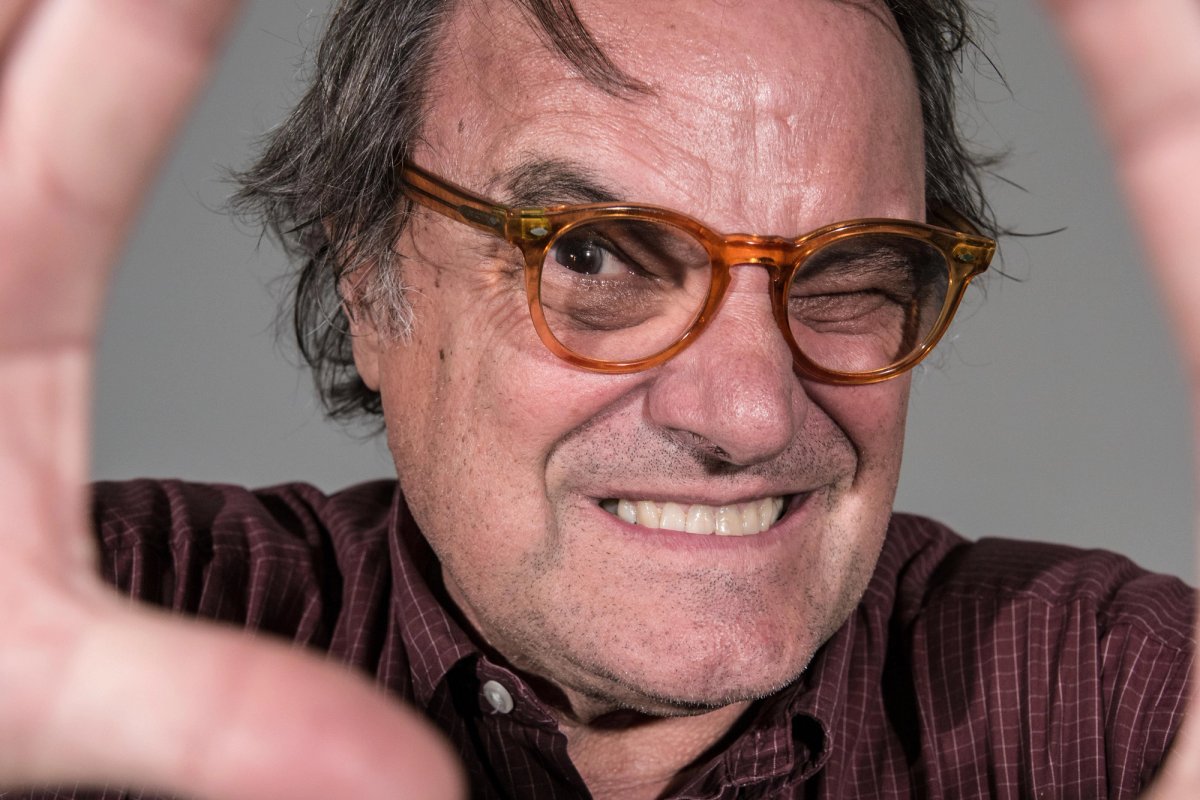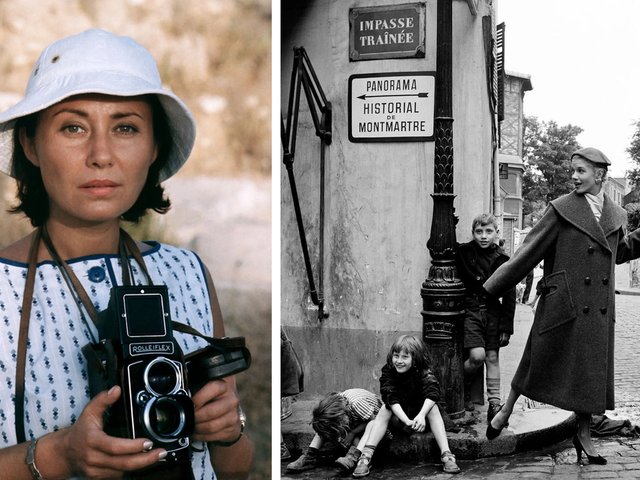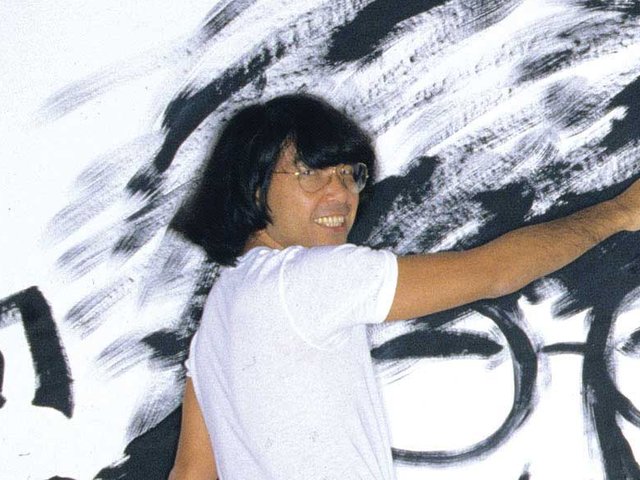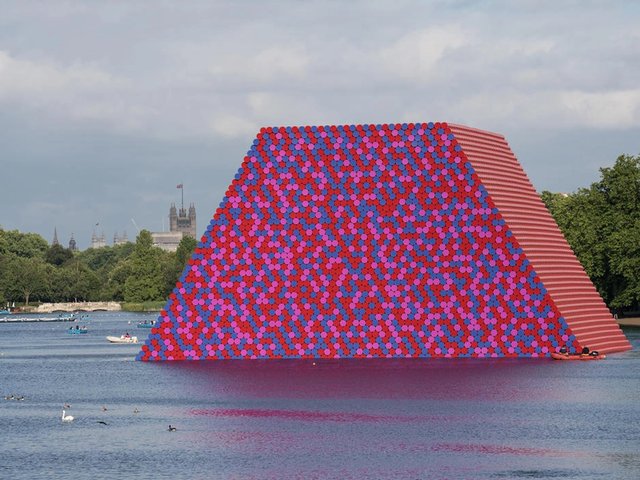The Italian photographer Oliviero Toscani, whose advertising campaigns sparked fiery debate and have won numerous awards, died on Monday, prompting an outpouring of tributes from cultural figures from around the world. He was 82.
Toscani’s provocative campaigns for the Benetton fashion house, where he served as artistic director for more than two decades, drew attention to issues ranging from racism to capital punishment and helped transform the company into a global brand. Among his most controversial adverts was one featuring his photograph of a nun and priest kissing, which was eventually banned in Italy, and another in which he used a picture of David Kirby, an Aids victim, on his death bed surrounded by family members. The latter prompted a boycott of the fashion company, though Kirkby’s family said the campaign raised awareness about the disease.
“There were immediate repercussions for our name, sometimes with bitter controversies,” Luciano Benetton, a founder of the Benetton Group, told newspaper Corriere della Sera following Olivieri’s death. “But it was worth it.” A campaign featuring pictures of men on death row in the United States, with the captions “sentenced to death”, reportedly led Toscani to part ways with the brand in 2000, after 18 years.
Born in Milan, Toscani, whose father was a famous photo reporter for Corriere della Sera, studied photography at the Zurich University of Arts. “I had great teachers coming straight from Bauhaus,” he told lifestyle magazine Dazed & Confused in 2013.
He soon began working for fashion magazines including Elle, Vogue, L'Uomo Vogue and Harper's Bazaar and gained a reputation for advertising campaigns that blurred the boundaries between art, marketing and activism. “I’m the worst advertising photographer in the world,” he told Dazed & Confused. “Other photographers are looking for consensus, but I don’t care.”
His controversies extended beyond his work for Benetton. In 2007, a campaign run by Italian fashion brand Nolita during Milan fashion week, featured Toscani’s photograph of the model Isabelle Caro, who was suffering from anorexia and depicted nude. The campaign, which was intended to raise awareness about the illness, was banned in several countries though generated widespread discussion.
Toscani began working with Benetton again in 2017 only to part company three years later, after seeming to play down Genoa’s Morandi bridge disaster, which killed 43 people.
Toscani’s death was announced by his wife and children on Instagram post on Monday morning, just a week after a major retrospective of his work closed at Zurich’s Museum of Design. His family did not specify his cause of death but Toscani revealed in an interview with Corriere della Sera in August that he was suffering from amyloidosis, a rare disease in which a protein builds up in organs. He told the paper that he did not know how long he had to live.
Following news of his death, the Museum of Contemporary Photography, in Cinisello Balsamo near Milan, called Toscani a “revolutionary in the world of advertising”. Designer Giorgio Armani said the “visual impact of his language set a standard”.
“He was able to shape visual language by transforming it into a powerful form of communication and collective reflection,” Alessandro Giuli, Italy’s culture minister, wrote in a note. “His photography was an instrument of provocation, denunciation and dialogue.”






